Considering that we’re so familiar with many parts of Japanese culture, it’s surprising that there are still many aspects that most people just don’t know about. For example, most of us are familiar with typical sorts of entertainment, which range from karaoke bars to kabuki theatre.
But one area that is quite a mystery here in the west is Japanese comedy. There are some good reasons for this. After all, comedy does tend to be fairly specific to a particular culture. So if you do ever come across Japanese comedy, you may well have found yourself feeling about as much at sea culturally as the Bill Murray character was in Sofia Coppola’s 2003 movie Lost In Translation which was so warmly reviewed here by leading critic Roger Ebert.
But don’t worry. Here is your quick guide to the four main forms of comedy that tickle the typical Japanese funny bone.
Kyogen
As well as being hyper-modern, Japan’s also a country that has many traditions going back centuries. Kyogen is a form of slapstick and physical comedy that’s thought to have originated in the 14th century. The fact that it’s performed in a very archaic form of the language might, on the surface, make it quite impenetrable. But because of the way that the performers play it for laughs, this is rarely an issue.
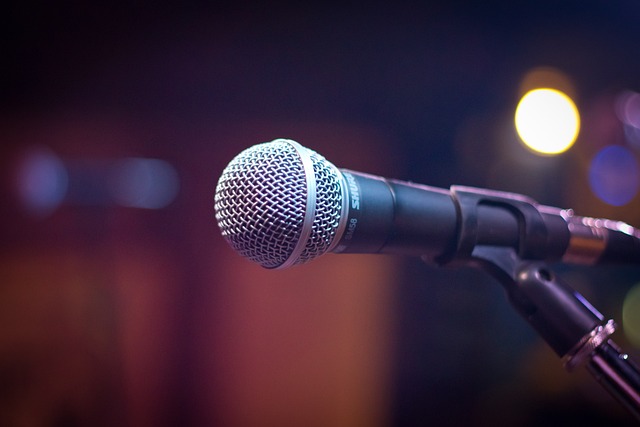 Owarai
Owarai
The 1990s was a key decade in the modern history of Japan. The yen was riding high, and so was national confidence. There were also many changes happening to entertainment. For example, it saw the arrival of the first online casinos, an import from the west and one that has gone from strength to strength. So today, there are so many operators it’s also given rise to review sites listing the best of them – you can click here to read the full article. Another distinctly western import was an all-new form of comedy that was soon dubbed “owarai”. While there’s no literal translation, it essentially means stand-up verbal comedy, a form that, up until this decade, had been virtually unknown in Japan.
Manzai
From Abbott and Costello to Rowan and Martin, the double act has always been a staple of US comedy. In Japan, this is known as Manzai. It’s a ritualised form of performance with a clever partner, Tsukkomi, and his not-so-sharp companion who’s called Boke. The latter fails to understand the quick-fire jokes being directed at him, and it’s the former’s role to hide his exasperation at having such a slow-witted sidekick.
Rakugo
Last but not least, there’s a kind of comedy monologue whose name means “fallen words”. It’s quite similar to what we might refer to as long-form comedy in the west, with one performer on stage engaged in telling a story with many digressions along the way. The humour tends to be quite gentle, and there’s also likely to be quite a bit of sentimentality included for good measure. You can find out more about it here.
So there you have it. A quick rundown of Japanese comedy – and if you’re on the lookout for some performers to give you a quick flavour of the sort of humour to expect, then stand-ups Kazu Kasuno and Yumi Nagashima are a good place to start.
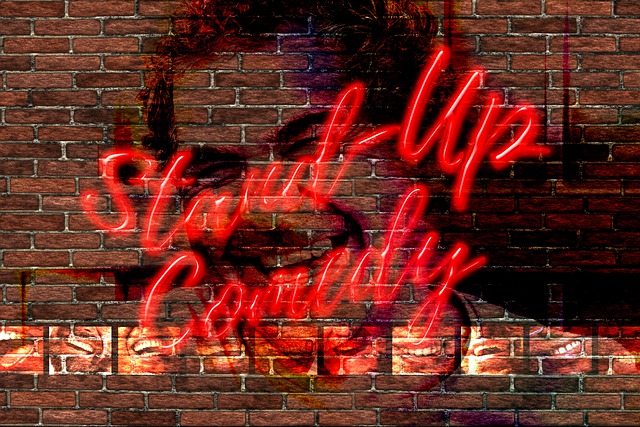


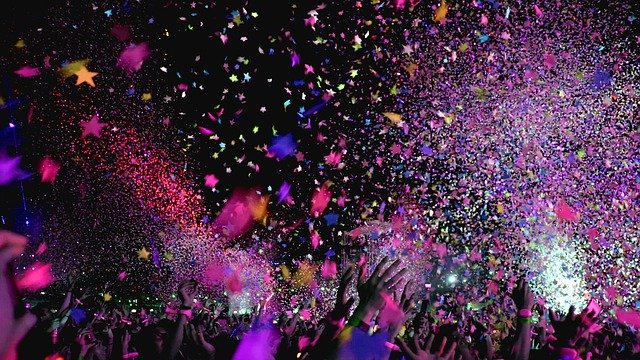
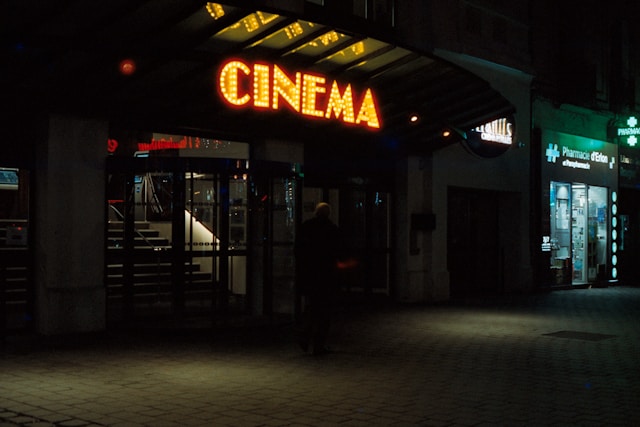
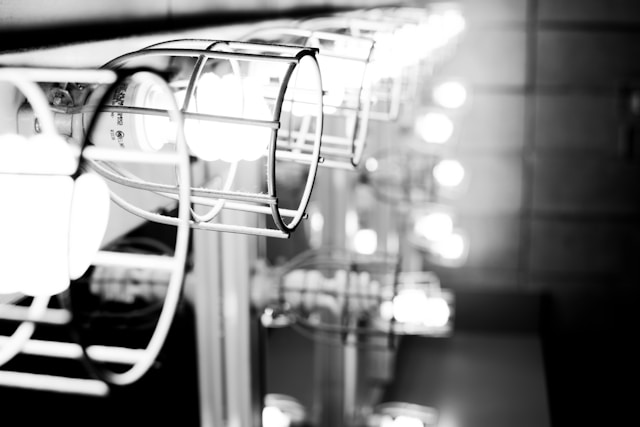

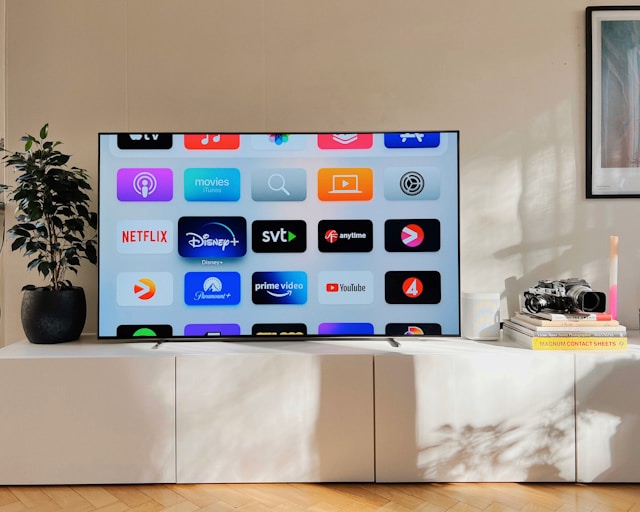
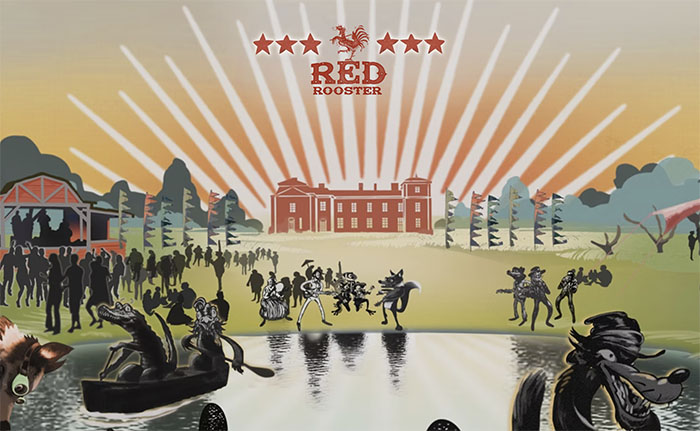
Comments are closed.